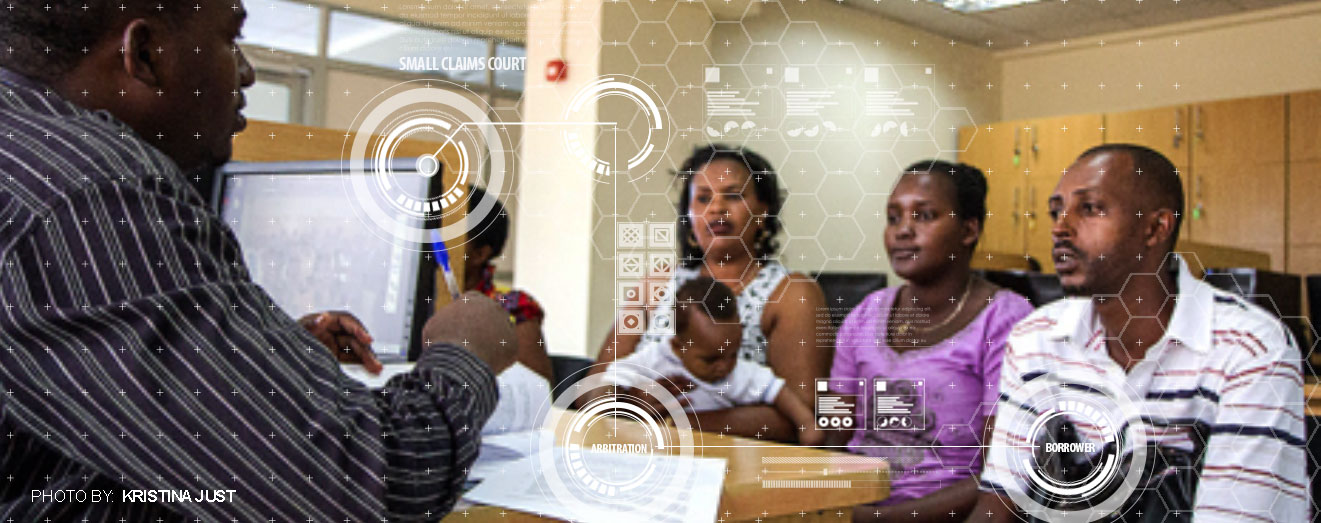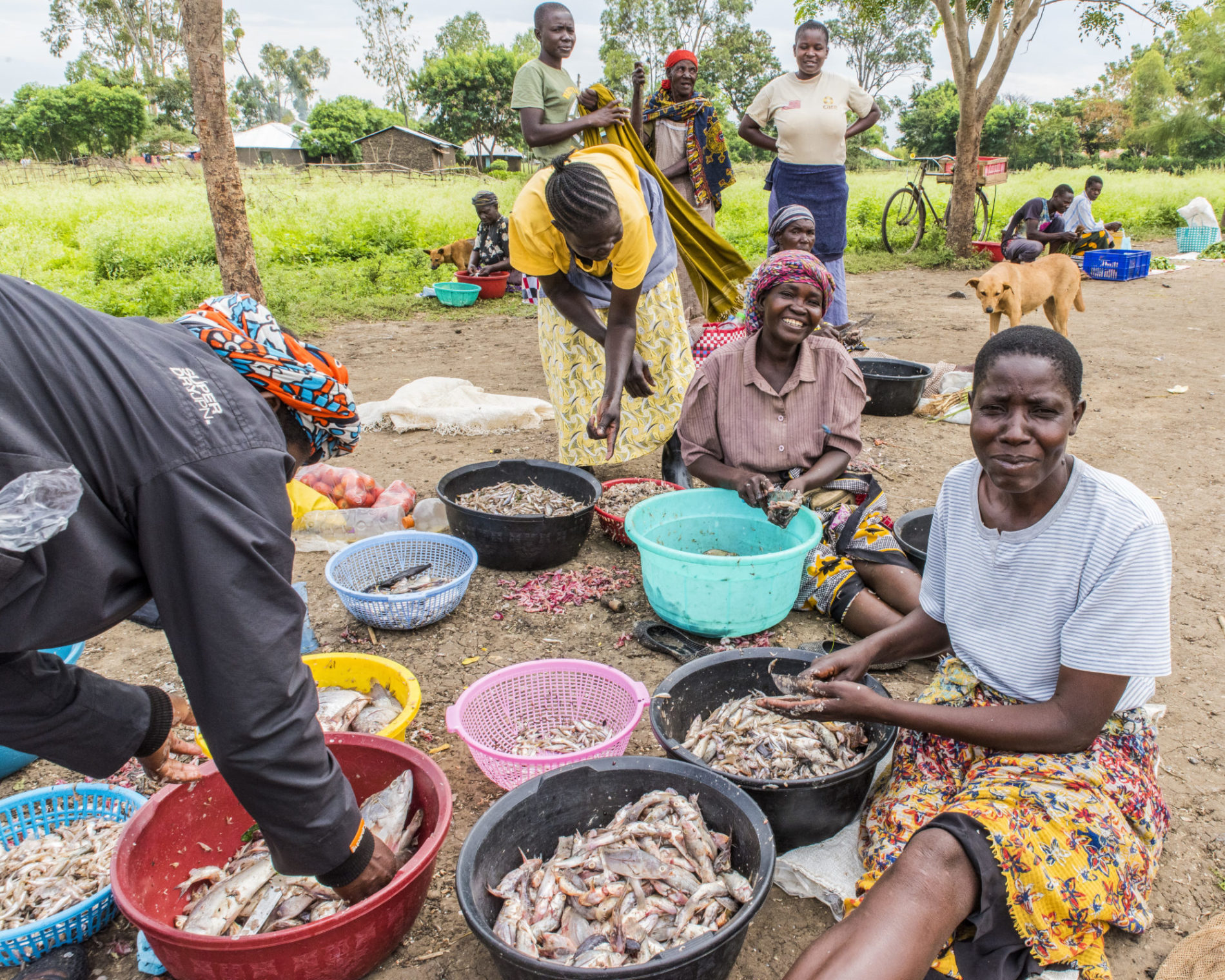
Equal access in ASEAN – illusion or reality?
This blog series stimulates a broader discussion on gendered financial inclusion in ASEAN. We examine why women’s access to financial services does not necessarily equate gendered usage. We further explore whether the value that women derive from financial services is impacted by the provider they access them from. It is












